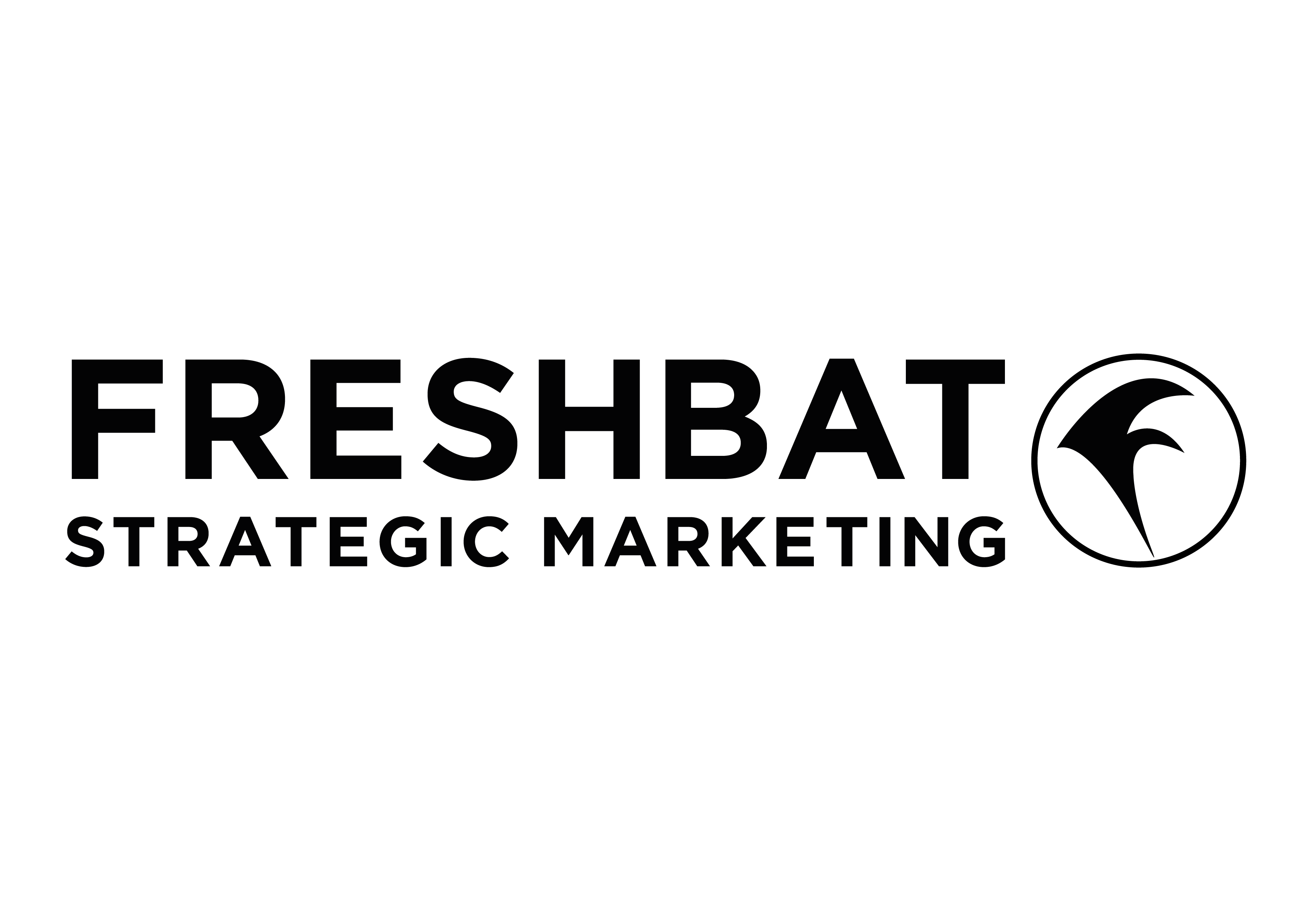Once you’ve completed the first part of your marketing strategy – the marketing audit – you’re ready to move onto the next stage: creating your marketing objectives. If you missed my last post about how to do a marketing audit, check out this post first.
The second step of the marketing strategy development process is to look at your marketing objectives and your key performance indicators. Your marketing objectives should always feed into your wider business objectives, so it’s really important when you’re doing a piece of work on a marketing strategy that you’re very clear on what the objectives for your business are as a whole.
Both your business and your marketing objectives should usually be SMART objectives. If you haven’t come across this term before, it means they are Specific, Measurable, Actionable, Realistic or Relevant and Time-bound.
By making sure your objectives are SMART, it means that you’re hopefully going to be able to achieve them in the set time frames and make progress with your marketing in your business without getting overwhelmed.
When you set your marketing objectives, it’s also really important to set key performance indicators (KPIs) to go alongside each objective. A key performance indicator is a much more specific indicator of what success looks like within each individual objective. For example, your objective might be to increase brand awareness by this time next year. So one of your key performance indicators for that objective might be a metric such as the number of visitors to your website.
The objectives are one of the most important parts of your marketing strategy because they give you something tangible to aim for. They also give you an understanding of what you need to track and what success will look like for your business.
Finally, it’s important to make sure you do regularly go back – usually every quarter – to review your objectives and just check that you’re on track to meeting your marketing objectives. This will also give you chance to check they are still relevant and update them if your business objectives have changed.
To find out how to create the rest of your marketing strategy for your small business, you can watch my video ‘What is a marketing strategy’:
And don’t forget, if you want to see the bigger picture, focus on the things that really matter to your customers and communicate with them effectively to get the results you need, get in touch to arrange a free 30-minute chat.


